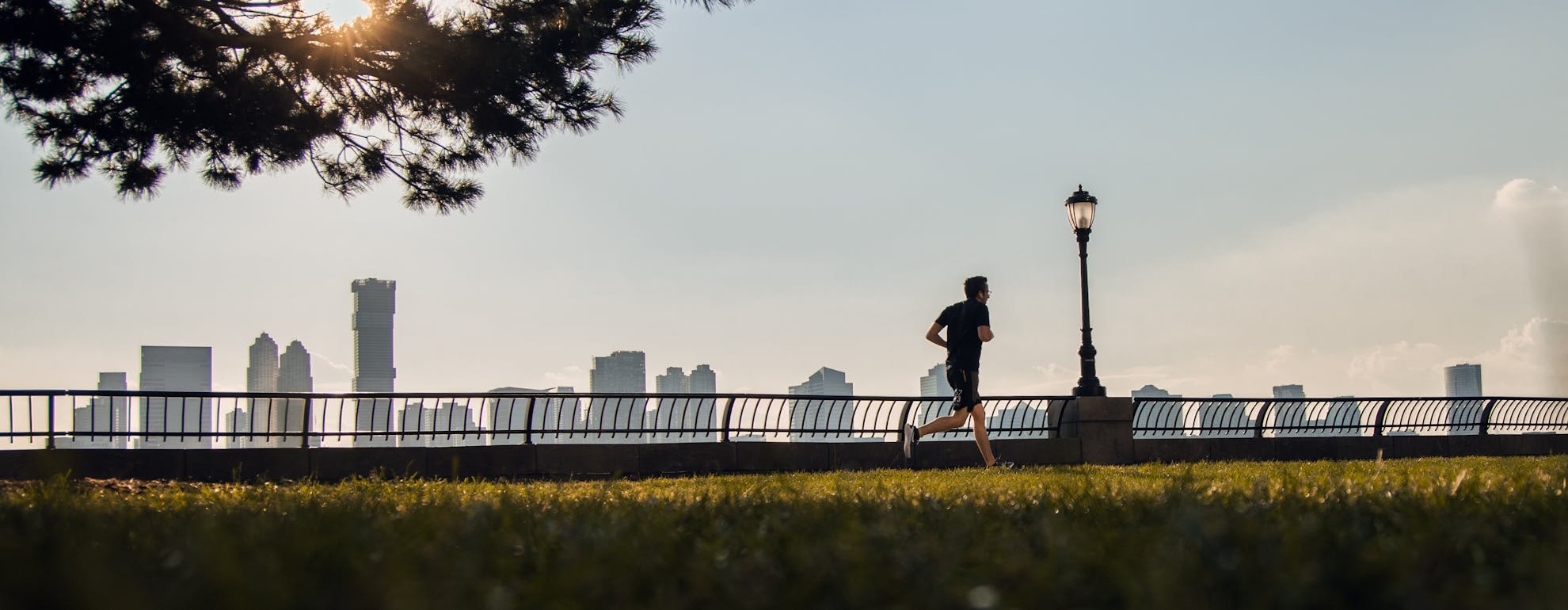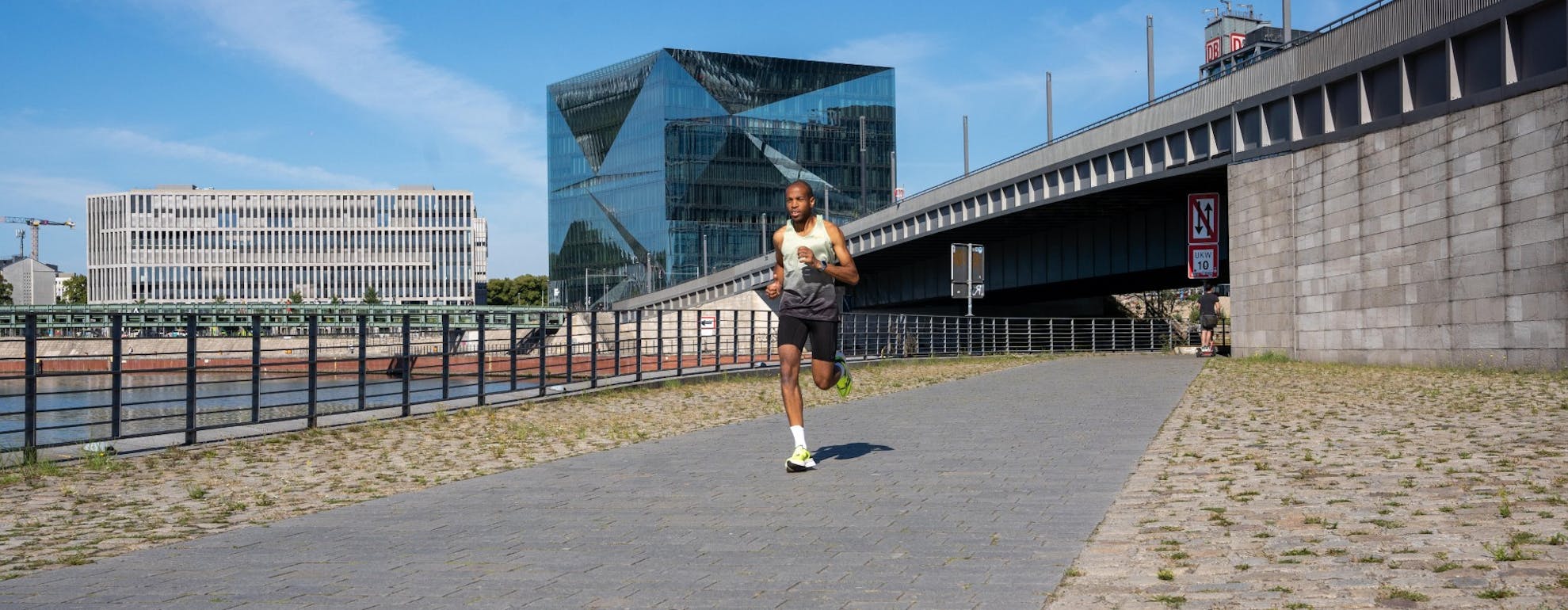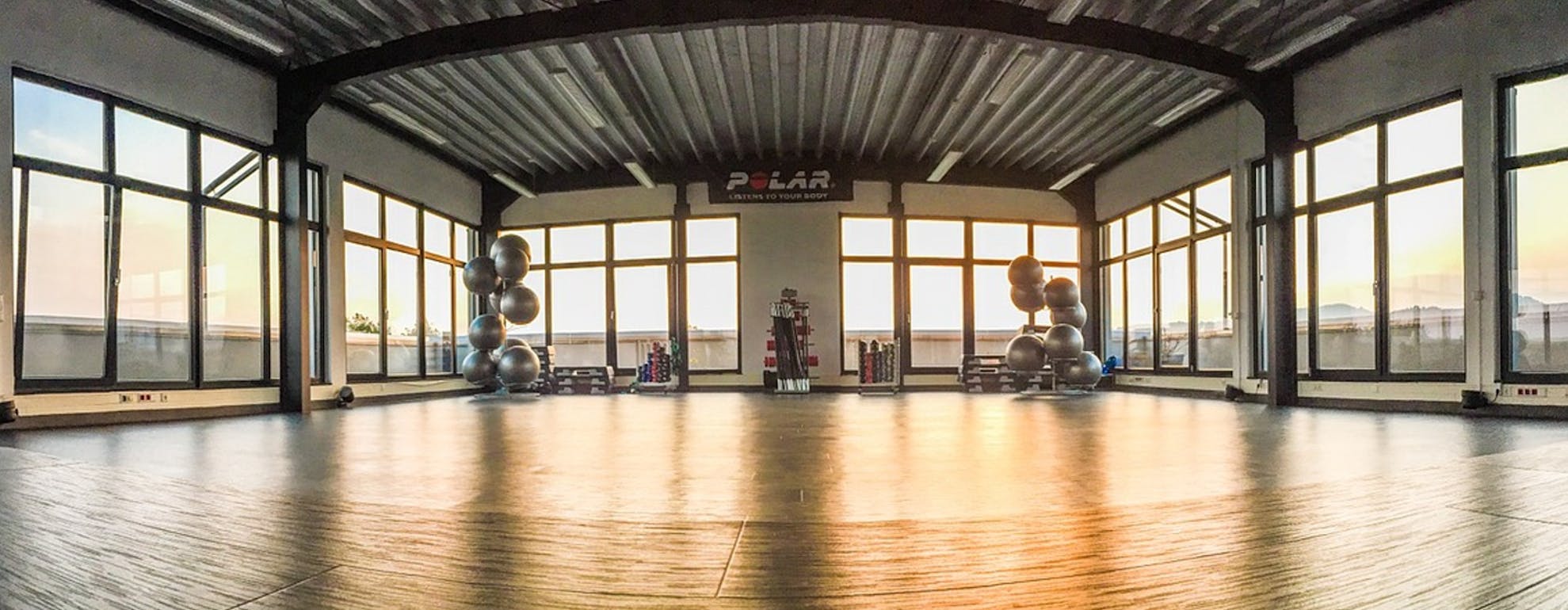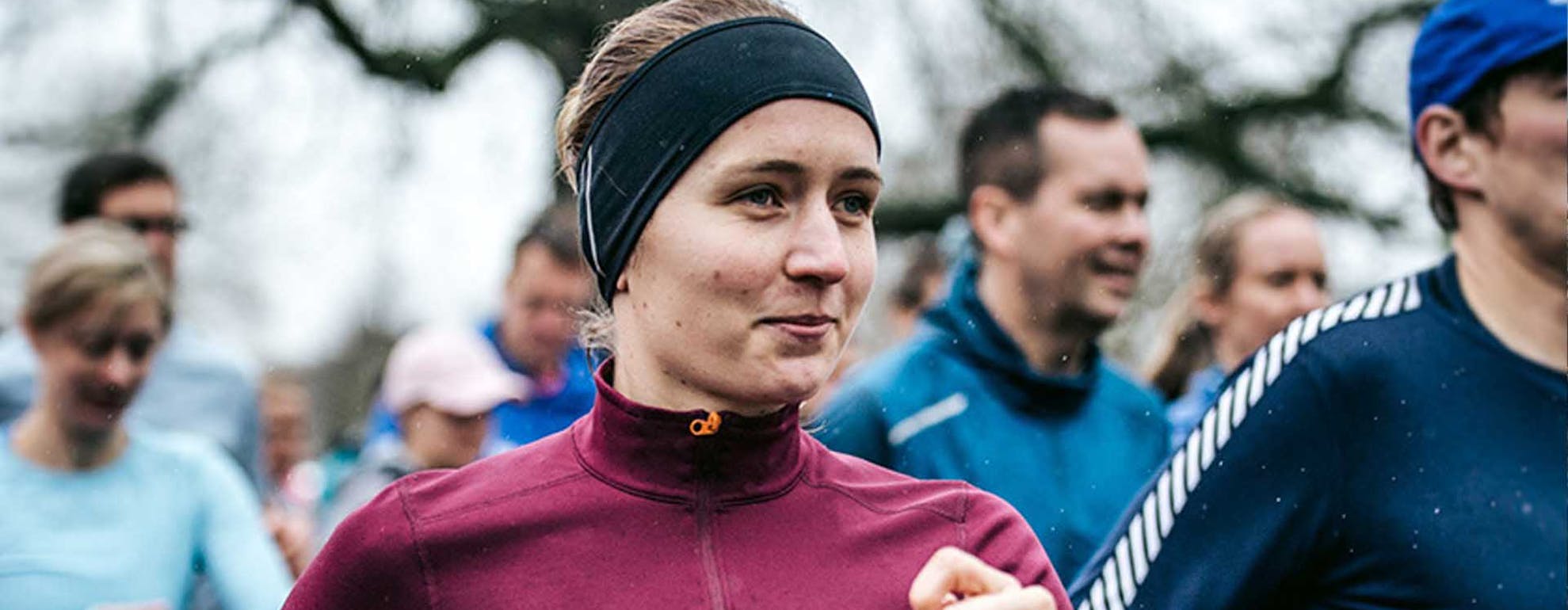
How to prepare for races in hot climates
When selecting a race the temptation to opt for a warmer climate beckons loudly, especially with the unpredictability of the British climate. But, even though that sounds appealing, people don’t always consider the acclimatisation to those particular conditions. Can you actually race there, race well and enjoy it?
We spoke to triathlete Annie Brooks about her own preparation and experience for the IRONMAN World Championships in Kona, the biggest event on the triathlon calendar.
ㅤ

ㅤ
Hi Annie, let's start by sharing your own experience of heat training and acclimatisation. When did it all begin for you?
I was tasked with this issue when I was gifted a spot at the IRONMAN World Championships in Kona. As a triathlete with a neurological condition, I was invited to tackle something I never thought possible, but in my pure stubbornness to give things a go, I happily agreed.
After the dust settled of me signing up to take part, I realised I had a lot of work to, not only from a training aspect, but from getting ready for race conditions. IRONMAN Kona is notoriously windy and extremely hot - hence it being the World Championships because it’s hard! Whilst both these elements bothered me, the wind on my bike was going to be a confidence wall I’d have to climb, but the heat, that was something I was fixating on most. What I hadn’t told you is I raced an IRONMAN 70.3 in Palm Springs, when the temperature that was meant to be 18 degrees, rocketed to a staggering 31 degrees. It is safe to say I was unprepared. That run across the non-shaded never ending golf course, is something that has been etched in my memory bank for life. I did get to the finish line eventually, but I had to muster all the will-power to keep going. It was not a fun experience, and something I had to avoid.
ㅤ
Where did you train in preparation for Kona?
Ultimately if you have a race you need to train for that is in warmer climates, you need to replicate it. As Kona would be my a-race of the year, we decided to get a bit of wind and heat in Lanzarote, by heading to sports specific holiday location, Club La Santa. This has a dedicated running track, 50 metre pool, free bike hire, alongside fitness classes and a whole host of other activities. Whilst there we spent time tackling that infamous cross wind that would blow your bike side ways across the road, and the soaring heat in the middle of the day, it was a fantastic location. However, being relatively early season, the heat hadn’t quite built up. Kona could go up to the 30’s, especially along the infamous Energy Lab on the run, where it’s at least 2 degrees warmer and there is no shade whatsoever.
ㅤ
How did you approach heat training in Lanzarote?
The only way to do it is expose yourself to the conditions. Ordinarily when it was hot in the UK, I’d previously go for my runs or rides at the beginning of the day, avoid the heat, but I needed that heat. So I went out peak heat of the day, any turbo sessions or indoor runs, I’d ditch the fan and ramp up the heating. It was working, I was hating it, but it was working! We finally decided to go visit and stay with family in Tenerife for some more heat. Staying up the mountain in Vilaflor, so not only would I get heat training I’d get the benefits of altitude training too.
It was hot, like ridiculously hot. Normally when I’m on the bike I don’t tend to feel the heat until I’d get off, but I was definitely feeling this heat! 30 degrees plus, I’d be doing brick session, where I’d ride for hours then hop off and head onto a run.
ㅤ
Aside from the heat, what other things did you need to consider as part of your preparation?
The more I did the better I felt, but a huge importance of all this alongside exposing myself to this hot climate is nutrition and hydration. One of the biggest takeaways for my during that Palm Springs race was I was severely unprepared with my nutrition plan. I was under hydrated, got overheated on the bike, then it hit me in T2 as I headed out on the run. I needed to a solid plan to compliment everything I’d been doing. Salt tablets became my best friend, and I spent time getting comfortable with race day nutrition, that way when I had to top up I’d be fine with what was provided. Tried and tested I was ready as I was ever going to be for Kona.
ㅤ

ㅤ
Tell us about the race, did everything go to plan on the big day?
After travelling in a week early, I had a chance to reacclimatise myself to the weather, heading out for rides and runs in the peak heat, ensuring my nutrition was on point. I’d done all I could do, and in fact, I’d done a lot more than others to acclimatise myself.
ㅤ
Race day was here. Even typing this I have butterflies from how incredibly nervous I was. Whilst it all made me nervous, I was worried about popping on the run. What if I over cooked it and got over heated like before meaning my run would crumble? What if I don’t make it to the finish line? I’d packed emergency hydration tablets, salt tablets and my favourite cheese pastries in my special needs bag, and knowing I had a back up eased some nerves too.
ㅤ
I was off on the swim, and whilst swimming is my favourite part I didn’t have the best swim. It was fine, I made cut off and was out and onto the bike. Picking up the pace I pushed to keep my average speed up. All was running smoothly until around mile 15 when I felt a ‘pfft’ noise. My front tire had a puncture. I fixed it, but it went again. Luckily bike support caught me on my second puncture and came to help. There was nothing I could do about it, I’d lost a good 45 minutes, so I just ate and drank. Back on the bike up to the turn around point. The wind had picked up and the heat was on. Eat, drink, eat, drink repeat. I made it off the bike and in cut off. I had been worried about that after losing all that time.
ㅤ
Onto the run. I’d put so much pressure on my hand without realising that I’d pinched a nerve, and my hand had swollen. Luckily got some help to tie my shoe up and I was off. Thing is with triathlon, the pace you can run on it’s own is hard to replicate during a triathlon, or so I tend to find. I pulled my pace back, after all I had a marathon. Armed with my salt tablets, and a waist belt with water I was ready to do this. The waist belt with water had been a new addition. I was finding that in races I’d run through aid stations gulp the water or energy drink, then find it made me feel sick. However, if I sipped little and often it was fine, so I decided that was what I’d do.
ㅤ
Luckily for me, because of all my time set backs, I hit the Energy Lab after sundown meaning I didn’t get that scorching heat down there like others did. Maybe that was a good thing? But ultimately I had a very splendid warm run. Even though my run wasn’t the same as what I’d done in Tenerife, that gave me a great foundation and I didn’t struggle with the heat at all, when some others really did.
ㅤ
One of the biggest things in triathlon especially is always train for your race conditions. Just being able to swim, bike or run, isn’t enough, you have to find a way to replicate your event. If you can’t get abroad and need the heat, buy a pop up green house, stick a heater in there, your treadmill or your turbo and get sweaty. It is uncomfortable, but having been on both sides of this, feeling great in the heat certainly beats the opposite!
ㅤ

ㅤ
How much does the heat affect athletic performance?
If you’re not prepared for it, of course, it can have a huge impact on your performance. For example you might not have hydrated enough, or even things not wearing a cap whilst you’re running to keep the heat off.
ㅤ
Is it ever too hot to exercise?
The same as above really, yes, if you haven’t trained from it. I’ll use the same way I’d explain getting into cold open water swimming, you don’t just dive right into -2 degree water, you gradually work your way down to it, easing yourselves in. The same applied to heat work.
ㅤ
What are the benefits of heat training?
Mainly in that, you know how your body is going to feel and you know what you need to do to help it during those conditions. Is it fine for 30 minutes, but you get to 60 minutes and you’re wiped out. By training in it, it allows your body and athlete performance to build resilience.
ㅤ
How often should you train in the heat per week/before an event?
I’d say this varies from person to person. You can go for heat chamber testing at places like Loughborough University, they will be able to track your sweat levels to determine your water intake etc. But everyone is completely different. I’m out on the courses a lot longer than some others, so I need to be able to keep going for an extended period of time. Therefore, I’ll train for it a bit differently.
ㅤ
How do you adapt your hydration and nutrition for running in the heat?
Yes definitely, I upped my salt tablet intake, and varied between hydration tablets in my water, to just water or energy drinks. I trained with race nutrition too. I did actually use a glucose tracker from Supersapiens that linked to device I wore on my wrist, this helped me maintain my energy levels without letting them get too high or too low during the race.
ㅤ
Do you have any top tips for training in the heat?
If you’re not used to heat, do it gradually as heat exhaustion is nobodies friend! I’d say really test different hydration and nutrition during your session, but ultimately you have to get hot to find what works for you.
ㅤ
You can follow Annie and all her adventures here
ㅤ
Looking for some training tips and advice? Then head over to our Training category where our athletes and experts explain everything you need to know.
Welcome
Welcome to the SportsShoes Training Hub! We’ve teamed up with athletes and experts to bring you the very best advice on how to maximise your workouts and achieve your best results.
Read More
Share this
Featured Articles
View All



